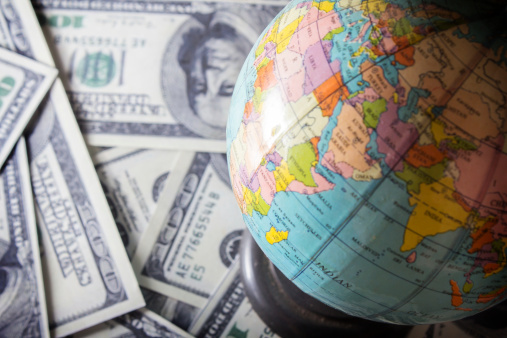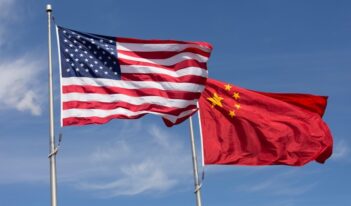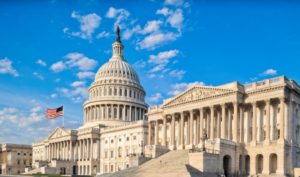
Agency actions are minor components of the financial consequences of FCPA enforcement.
Companies spent over $700 million last year settling enforcement actions filed against them under the Foreign Corrupt Practices Act (FCPA), but a new study suggests that these hundreds of millions of dollars are a minor part of enforcement costs.
The study, recently released by Mike Koehler, a professor at Southern Illinois University School of Law, found that other costs associated with FCPA enforcement actions dwarf the amount of any final settlement. These other costs include professional fees and expenses, such as the cost of lawyers, forensic specialists, and post-settlement monitors, along with the negative business effects of a publicly-disclosed FCPA investigation.
Under the FCPA, the U.S. Department of Justice (DOJ) and the U.S. Securities and Exchange Commission (SEC) may bring enforcement actions, either separately or jointly, against individuals and companies suspected of bribing foreign government officials in hopes of obtaining or retaining business. In recent years, FCPA action settlement amounts and the associated costs with FCPA actions have significantly increased.
In 2007, for example, the DOJ and the SEC alleged that Baker Hughes made $4.1 million in improper payments in connection with a Kazakhstan energy project. Baker Hughes settled the claim for $44 million, in what was then the largest settlement in the FCPA’s history.
Last year, the enforcement agencies settled a claim against Diebold alleging the company spent $1.75 million on travel and entertainment expenses for Chinese and Indonesian government officials associated with state-owned banks. Although the alleged amounts of improper payments were significantly lower than those alleged in the Baker Hughes action, Diebold nonetheless settled for $48.1 million.
Of the twelve FCPA actions the DOJ and the SEC resolved in 2013, three were settled for more than the Baker Hughes settlement. Indeed, the top ten FCPA settlement amounts now range from $137 million to $800 million – all well above the former record set in 2007.
Just as settlement amounts continue to rise, so do the pre- and post-enforcement expenses associated with FCPA actions.
Before the DOJ or the SEC will resolve an enforcement action, the agencies will often require a company to investigate and report on conduct throughout the entire business. These investigations generally last between five and ten years, although it is not uncommon for them to last longer. For large multi-national companies, this means a team of lawyers and specialists traveling around the world for years to determine whether alleged illegal conduct in one country might be occurring elsewhere.
This “where else” question apparently cost the NATCO Group, now a subsidiary of Cameron, approximately $11 million in expenses, even though the company settled with the government for $65,000. Avon, under investigation for alleged violations in China since 2008, has reportedly spent over $350 million in pre-enforcement expenses that include global internal investigations. Wal-Mart, under investigation for alleged infractions in Mexico, estimates current pre-enforcement internal investigations cost the company $1.25 million per working day.
In another recent ongoing investigation, the DOJ and the SEC are probing a Mexican subsidiary company of Tyson Foods that accounts for less than one percent of global net sales. All of Tyson’s facilities, however, are now subject to FCPA reviews.
Most FCPA actions are resolved with non-prosecution or deferred prosecution agreements, which usually require implementation of compliance programs and external compliance monitoring costing millions. For example, the DOJ and the SEC required the Wilbros Group to spend over $10 million to hire external monitors to ensure compliance with the FCPA after settling allegations for $32 million.
FCPA attorneys, according to Koehler, have little incentive to push back against federal agency demands as attorneys’ fees constitute a significant percentage of pre- and post-enforcement costs. Company executives also do not want to appear lax in internal investigations, fearing shareholders will bring lawsuits or that enforcement agencies will increase fines if they are viewed as cutting corners or hindering a complete investigation into the allegations.
Koehler notes that an FCPA investigation also leads to other general business costs that are not as easily quantified. These include a loss in company share price; an increase in the cost of acquiring new capital; the termination, restructuring, or reduction in benefits of mergers and acquisitions; the potential for shareholder litigation; and a general distraction from the core business issues of the company. These costs affect the company from the initial public disclosure of an FCPA investigation through the post-enforcement monitoring period.
As the DOJ and the SEC aggressively continue to enforce the FCPA and resolve actions with non-prosecution and deferred prosecution agreements, Koehler emphasizes that the enforcement agencies bypass “any meaningful judicial scrutiny” because “risk-averse business organizations [are] mindful of the adverse consequences” of a potential trial.
With most companies viewing settlement as the only acceptable resolution to an FCPA action and with the increasing cost associated with enforcement proceedings, the SEC and the DOJ should consider analyzing why settlement amounts have risen so rapidly in recent years and whether a more meaningful and less burdensome way of ensuring compliance with the FCPA could be found.



